The LEGO Group has once again captured the imagination of gamers and builders alike with the release of its latest nostalgia-infused creation: the LEGO Game Boy. This detailed 421-piece set is more than just a static model — it’s a tactile, interactive tribute to one of Nintendo’s most iconic devices. From the moment builders snap together the first gray brick to the final press of its springy A and B buttons, the set celebrates the joy of retro gaming and the artistry of modern LEGO design.
A Design Built on Nostalgia and Precision
The Game Boy set was the result of months of collaboration between LEGO’s in-house designers and Nintendo’s creative teams. The goal was not only to recreate the console’s appearance but to evoke its spirit — the feel of a childhood handheld that defined portable gaming in the 1990s.
LEGO designers Carl Merriam and Simon Kent spearheaded the project, pushing the boundaries of brick engineering to replicate the handheld’s curves, proportions, and signature buttons. According to the designers, one of the biggest challenges was maintaining accuracy while working within LEGO’s strict building constraints. Every button, curve, and seam had to feel authentic — and still be buildable using existing LEGO pieces.
The D-pad, for example, uses a custom interlocking design to mimic the original’s responsiveness, while the A and B buttons are built with flexible rubber elements that give a genuine “click” when pressed. Even the volume wheel and power switch can be moved, giving builders a surprisingly immersive experience for a non-electronic model.
The Details That Make It Special
At first glance, the LEGO Game Boy looks like a simple gray brick replica, but closer inspection reveals an astonishing level of detail. The screen is designed to display lenticular scenes that shift depending on the viewing angle — showing a title screen, gameplay animation, or static graphics reminiscent of “Super Mario Land” and “The Legend of Zelda: Link’s Awakening.”
The back of the model includes a removable battery cover, complete with mock AA battery compartments. Builders can also insert LEGO-built cartridges that mimic the feel of slotting a game into the real Game Boy. Two cartridge builds — one themed around Mario, the other around Zelda — are included in the set, each featuring tiny printed details that mirror their original label artwork.
Even the small “Nintendo Game Boy” logo is faithfully reproduced in printed form, maintaining the aesthetic purity of the 1989 design. LEGO’s designers took care to ensure that the proportions match the original device, resulting in a nearly 1:1 replica that feels satisfyingly authentic in hand.
Hidden Easter Eggs and Clever Engineering
Beyond its surface nostalgia, the LEGO Game Boy hides several delightful surprises. Inside the model, builders will find creative structural solutions that hint at the console’s inner workings. There’s even a secret reference to the Game Boy’s original hardware layout hidden behind the screen section — a nod to the engineers who built the real thing decades ago.
The cartridges are perhaps the most charming touch. Each one features a stylized representation of the internal chip board, complete with a small circular “battery” piece in the Zelda cartridge — a playful recreation of the save battery used in the real game.
The design also pays tribute to LEGO’s history of creative reuse. Some of the set’s unique textures are achieved using unconventional parts, such as wheels, minifigure hats, and technic connectors repurposed as buttons and switches. It’s a testament to LEGO’s philosophy of innovation within limitation — every piece, no matter how familiar, finds new life in unexpected contexts.
More Than a Toy: A Display Piece with Heart
While the LEGO Game Boy doesn’t actually play games, it’s far from being just a shelf decoration. Builders describe the process of assembling it as a relaxing, almost meditative experience — one that invites them to reconnect with the simplicity of childhood gaming.
The completed model has the heft and shape of the original handheld, making it instantly recognizable to anyone who grew up in the era of 8-bit adventure. Displayed alongside other retro LEGO sets, such as the Nintendo Entertainment System or the Atari 2600, it completes a nostalgic trilogy celebrating the golden age of gaming.
Collectors will appreciate the balance between form and function. The LEGO Game Boy looks realistic enough to trick the eye at a distance but rewards close inspection with layers of intricate, tactile detail. Its design bridges the gap between LEGO art and cultural history, appealing to both brick builders and retro gaming enthusiasts.
What Fans and Builders Are Saying
Early builders have praised the LEGO Game Boy for its mix of nostalgia and clever design. Many fans note that it “feels alive,” even though it doesn’t contain electronics — thanks to the moving buttons, rotating dials, and interchangeable screen visuals.
Reviewers have also applauded the set’s accessibility. With a moderate piece count and a build time of around 90 minutes, it’s approachable for both experienced LEGO fans and casual collectors. The clear instructions and minimal sticker usage make it easy to enjoy the process from start to finish.
A few have pointed out small quirks, such as the lenticular screen’s limited visibility under certain lighting, but most agree that these minor issues don’t detract from the overall experience. In fact, the imperfections add to its charm, much like the quirks of the original Game Boy’s hardware.
LEGO’s Expanding Retro Collection
The LEGO Game Boy continues LEGO’s trend of celebrating classic technology through creative reimaginings. Following the success of the LEGO Nintendo Entertainment System and the Atari 2600, the company is clearly doubling down on nostalgia-driven products that blend artistry, history, and play.
Unlike the larger and more complex NES and Atari sets, the Game Boy offers a smaller, more affordable entry point for collectors. Priced around $60, it captures the essence of the handheld revolution that defined gaming on the go — all within a few hundred LEGO pieces.
LEGO’s designers have hinted that more collaborations with Nintendo may follow, potentially including other handheld or console icons. For now, the Game Boy stands as both a celebration of creativity and a love letter to gamers who grew up in the 8-bit era.
Final Thoughts
The LEGO Game Boy isn’t just another retro collectible — it’s a heartfelt tribute to one of gaming’s most enduring icons. Every curve, button, and pixel-like brick tells a story of innovation and imagination. It reminds fans that even in an age of hyper-realistic graphics and virtual worlds, the simple joy of pressing “Start” — or in this case, clicking two LEGO buttons — still resonates deeply.
By bridging generations of play, LEGO has created something that speaks to the timeless appeal of both bricks and bytes. Whether displayed proudly on a shelf or built piece by piece on a quiet afternoon, the LEGO Game Boy proves that nostalgia, when crafted with care, never goes out of style.

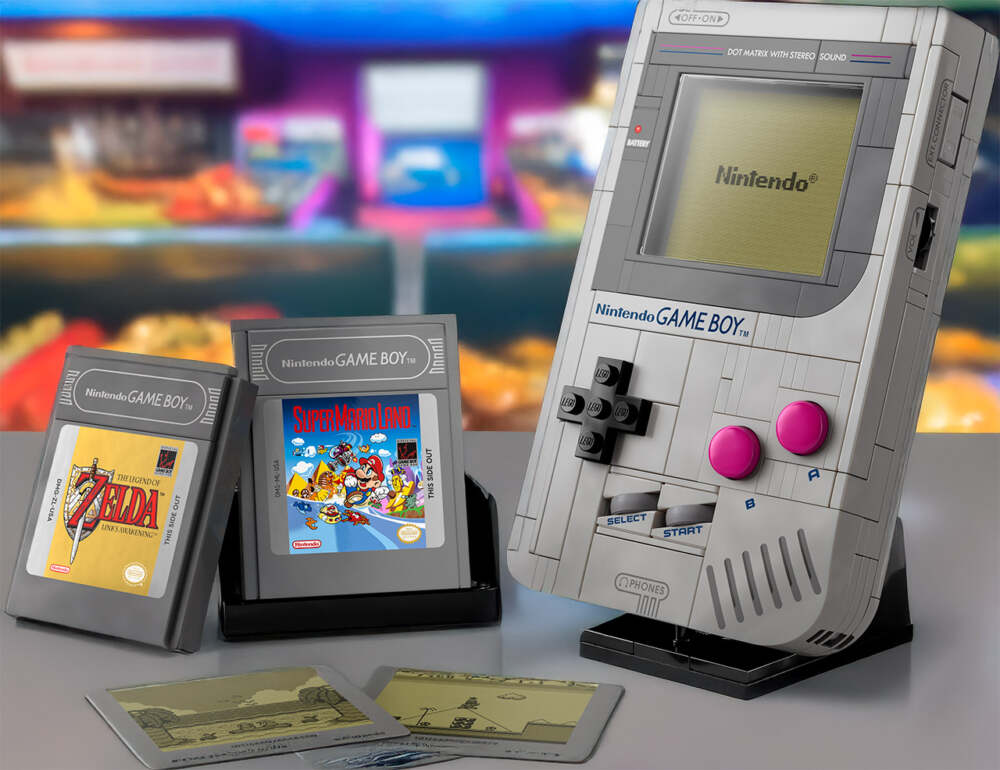
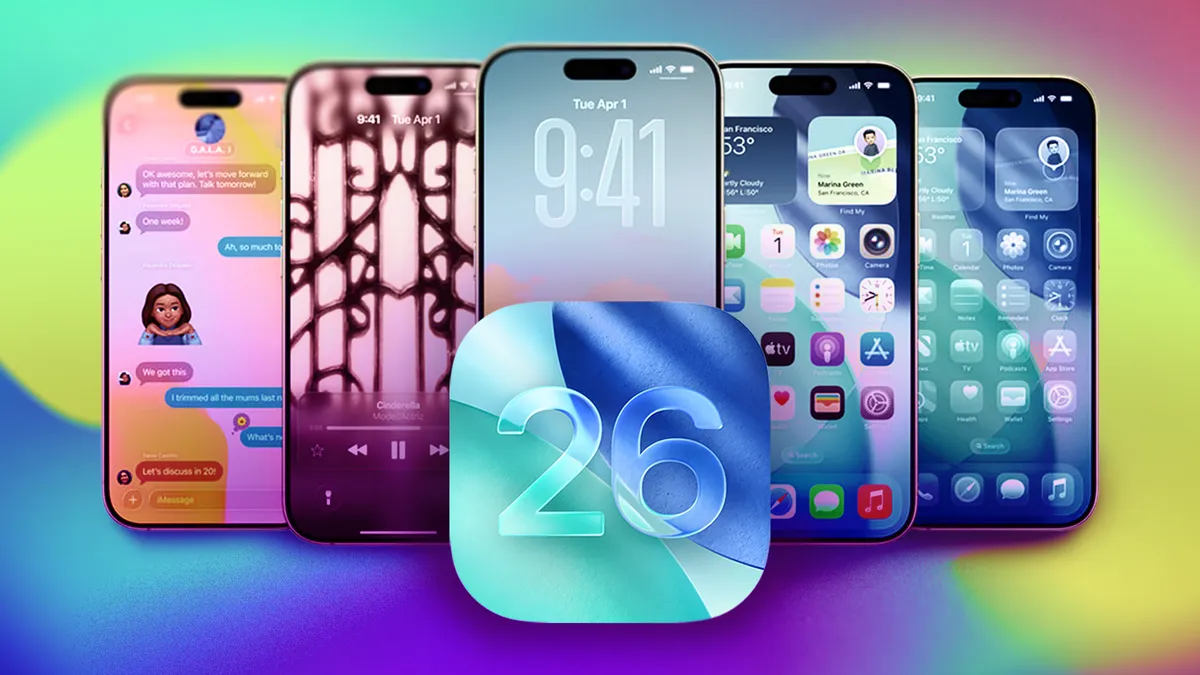
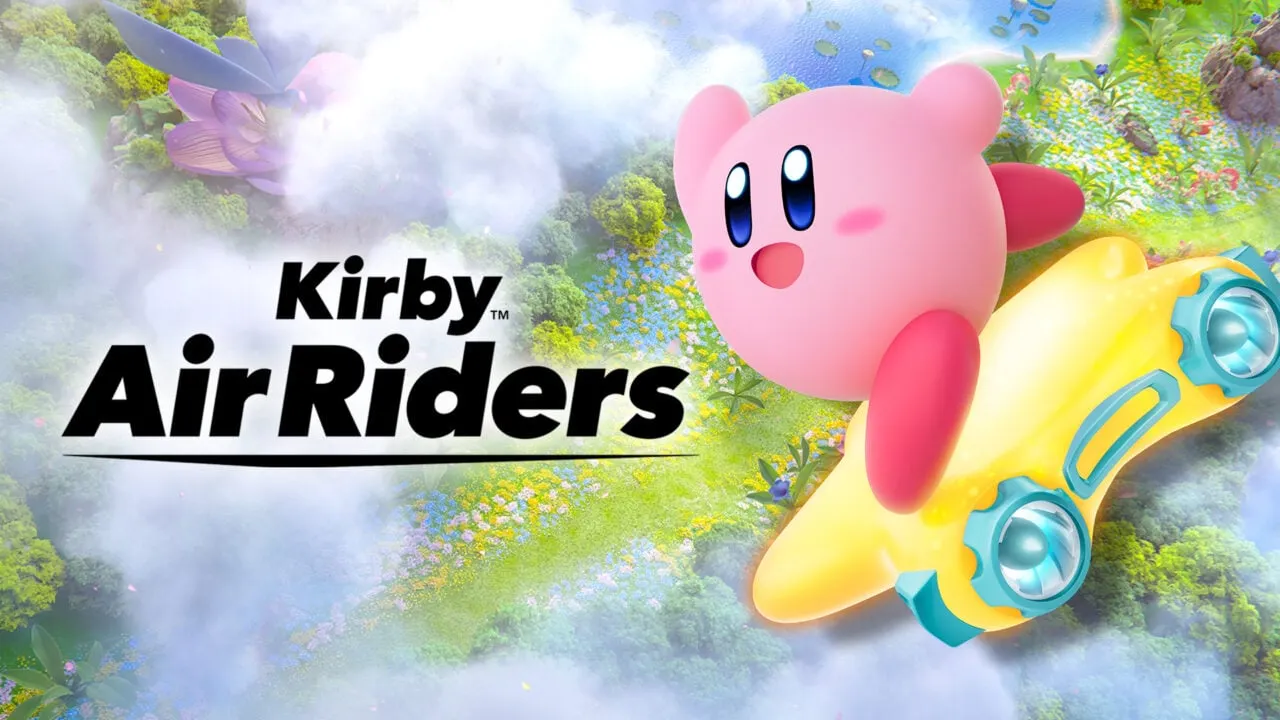




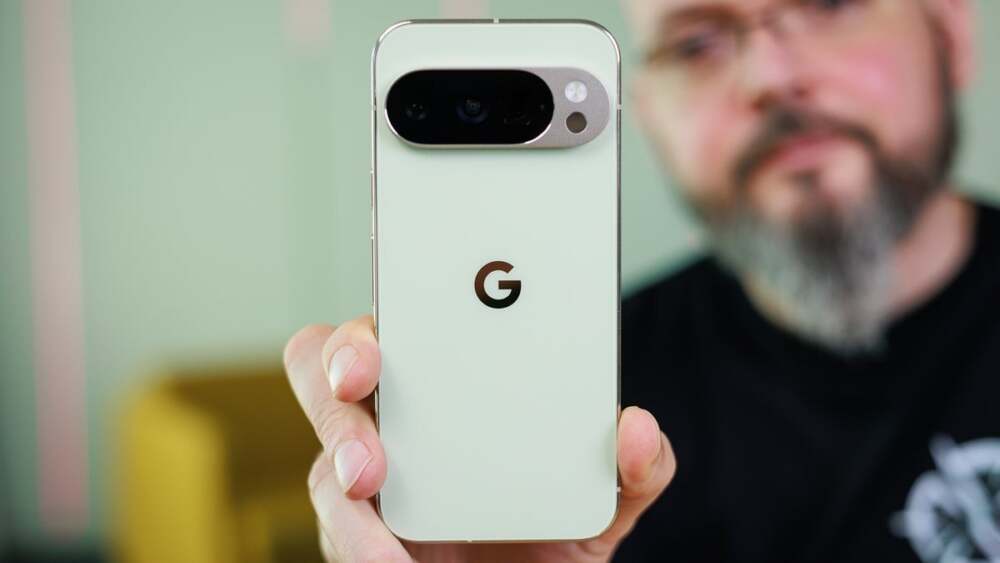

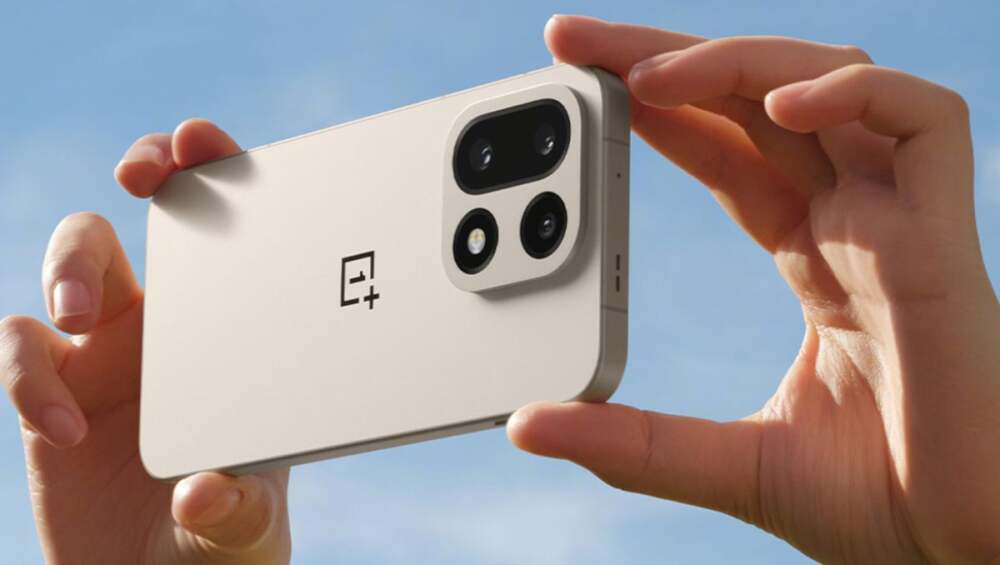





Leave a Reply